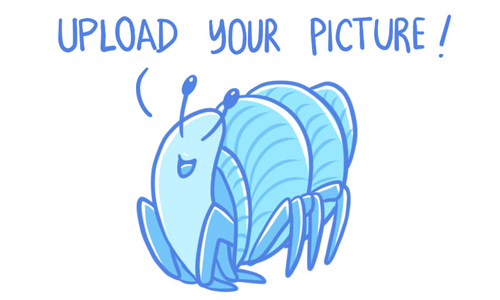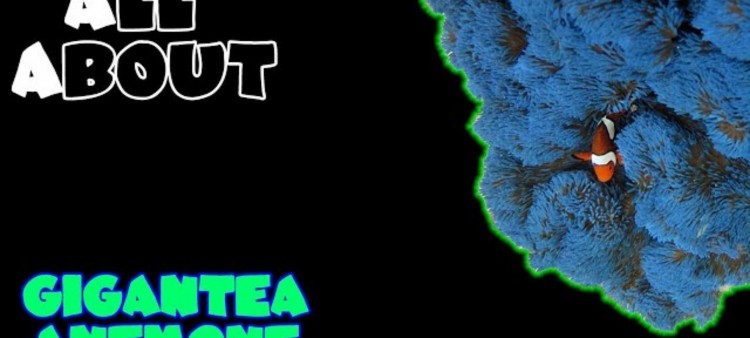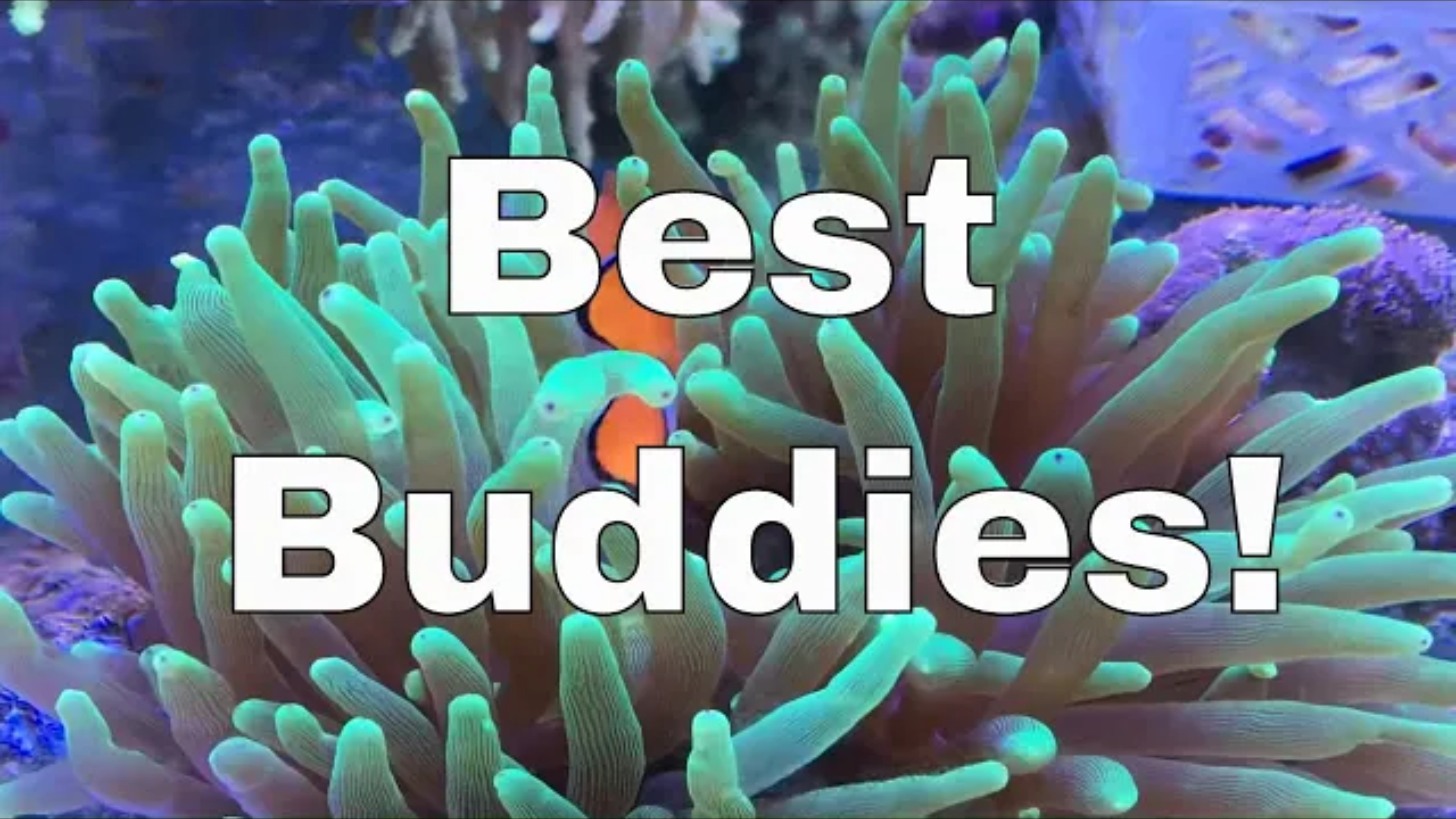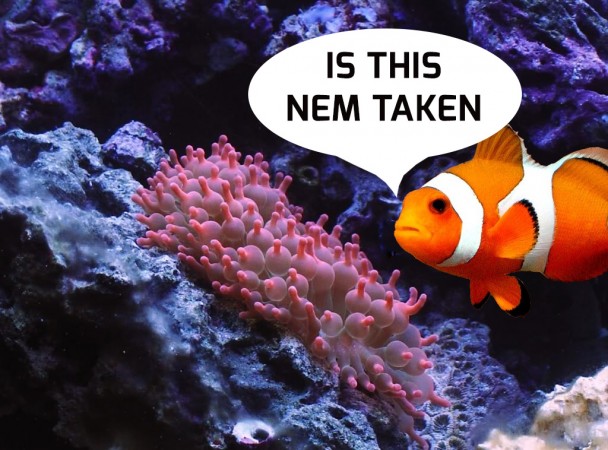- Name:
Condy Anemone
(View AKA's) - Family: Actiniidae
- Species: Anemones
- Scientific Name: Condylactis gigantea

More Details
General info about Condy Anemone
The Condy Anemone is found throughout the Caribbean and Western Atlantic, in lagoons or on inner reefs, as individuals, or loose groups. It is never found in connected clusters. Its disc diameter is of 16", but a disc of about 4" is common in an aquarium. This species has diverse color variations. The base color is usually brown to white and the tentacles may or may not have magenta, purple, or green tips on its long tapering tentacles. The tentacles may occasionally develop a bubble-like appearance to them. It prefers to bury its base in the sand or into the crevice of a rock for protection. The Condy Anemone requires strong light and should never be purchased if a good lighting system is not in place. It will do well in an aquarium with live rock and several crustaceans. Although a Condy requires a reef environment, it is not the best suited for the reef aquarium. The Condy Anemone moves around the tank and has a sting that can inflict grave damage to other anemones and corals. Do not include its natural predator, the large Red-Leg/Stareye Hermit Crab of the genus Dardanus. Unlike other anemones, the Condy Anemone does not have a relationship with any particular fish, and it is rare for any type of clownfish or damsel to reside within them.
Relevent Articles
Original Detail
| Name | Species | Family | Scientific Name | More Detail | Added by |
|---|---|---|---|---|---|
| Condy Anemone | Anemones | Actiniidae | Condylactis gigantea | The Condy Anemone is found throughout the Caribbean and Western Atlantic, in lagoons or on inner reefs, as individuals, or loose groups. It is never found in connected clusters. Its disc diameter is of 16", but a disc of about 4" is common in an aquarium. This species has diverse color variations. The base color is usually brown to white and the tentacles may or may not have magenta, purple, or green tips on its long tapering tentacles. The tentacles may occasionally develop a bubble-like appearance to them. It prefers to bury its base in the sand or into the crevice of a rock for protection. The Condy Anemone requires strong light and should never be purchased if a good lighting system is not in place. It will do well in an aquarium with live rock and several crustaceans. Although a Condy requires a reef environment, it is not the best suited for the reef aquarium. The Condy Anemone moves around the tank and has a sting that can inflict grave damage to other anemones and corals. Do not include its natural predator, the large Red-Leg/Stareye Hermit Crab of the genus Dardanus. Unlike other anemones, the Condy Anemone does not have a relationship with any particular fish, and it is rare for any type of clownfish or damsel to reside within them. | PalaciosAn |
Changed by users
| Submitted Date | Submitted By | Status | Action |
|---|




